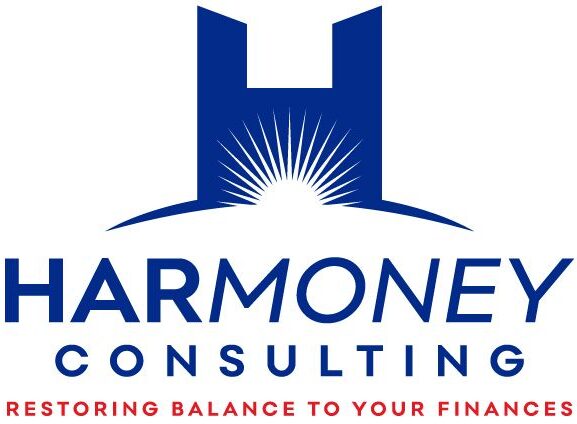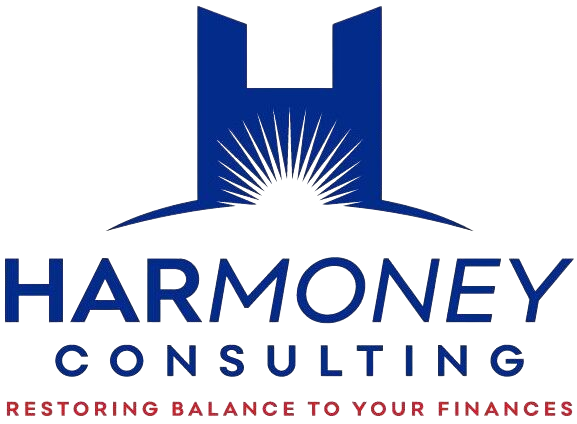Bankruptcy
In some cases, bankruptcy may be the best path to financial stability. If you’re considering it, our debt experts can help assess your options. You may have more solutions than you think, and we’ll guide you in choosing the right path to financial freedom.
- Legal mechanism that allows individuals and businesses to discharge debts when they are unable to repay them
- Process overseen by federal courts, which aims to ensure a fair and orderly distribution of assets to creditors
Speak with a trusted debt consultant today. 888-427-1415

The three main types of bankruptcy in the U.S. help individuals and businesses manage debt effectively:
Chapter 7 Bankruptcy: Known as “straight bankruptcy,” this is the most common for individuals. Non-exempt assets are sold to repay creditors, and remaining debts are discharged.
Chapter 11 Bankruptcy: Primarily for businesses, this allows debt restructuring while operations continue. A repayment plan is created to restore profitability.
Chapter 13 Bankruptcy: For individuals with regular income, this plan restructures debt into manageable payments over three to five years. Assets are retained, and remaining debt is discharged after completion.
The cost of bankruptcy varies based on complexity, type, and location. Here’s a general breakdown:
Chapter 7 Bankruptcy: Costs range from $1,500 to $3,500, including attorney fees, court filing fees, and credit counseling. Complex cases may cost more.
Chapter 11 Bankruptcy: This is the most expensive, ranging from $30,000 to $100,000 or more due to legal and financial complexities, especially for businesses.
Chapter 13 Bankruptcy: Costs vary by case, so consulting a bankruptcy attorney is recommended for an accurate estimate based on your situation.
Bankruptcy comes with several drawbacks to consider:
Credit Score: It can impact your credit for up to 10 years, making loans, credit, and rentals harder to obtain.
Public Record: Bankruptcy filings are public, meaning employers, landlords, and lenders can access this information.
Loss of Assets: In Chapter 7, non-exempt assets may be sold, leading to the loss of property like a home or car.
Credit Challenges: Getting credit after bankruptcy can be tough, and interest rates may be significantly higher.
Emotional Stress: The stigma and financial strain of bankruptcy can be overwhelming and emotionally draining.
Reaffirmed Debt: Some debts, like student loans and taxes, aren’t discharged and must still be repaid.
Bankruptcy should be a last resort after exploring all other debt relief options.
How often you can file for bankruptcy and its credit impact depends on the type:
Chapter 7 Bankruptcy: You can file every 8 years, and it stays on your credit report for up to 10 years.
Chapter 11 Bankruptcy: There are no filing limits, but it remains on your credit report for up to 10 years.
Chapter 13 Bankruptcy: You can file as needed, but a discharge isn’t granted within 2 years of a prior Chapter 13 or 4 years of a Chapter 7. It stays on your credit for up to 7 years.
While bankruptcy affects credit, its impact lessens over time with responsible financial habits. Some lenders may still offer credit if you show improvement.
To explore your options or avoid bankruptcy, contact Harmoney Consulting today!
People Say
We help people solve their problems
Accreditations




Effective Solutions for Debt Relief
Ready to Take Control of Your Debt?
Get your financial freedom back and have a new beginning.
Call us Now: 888-427-1415

